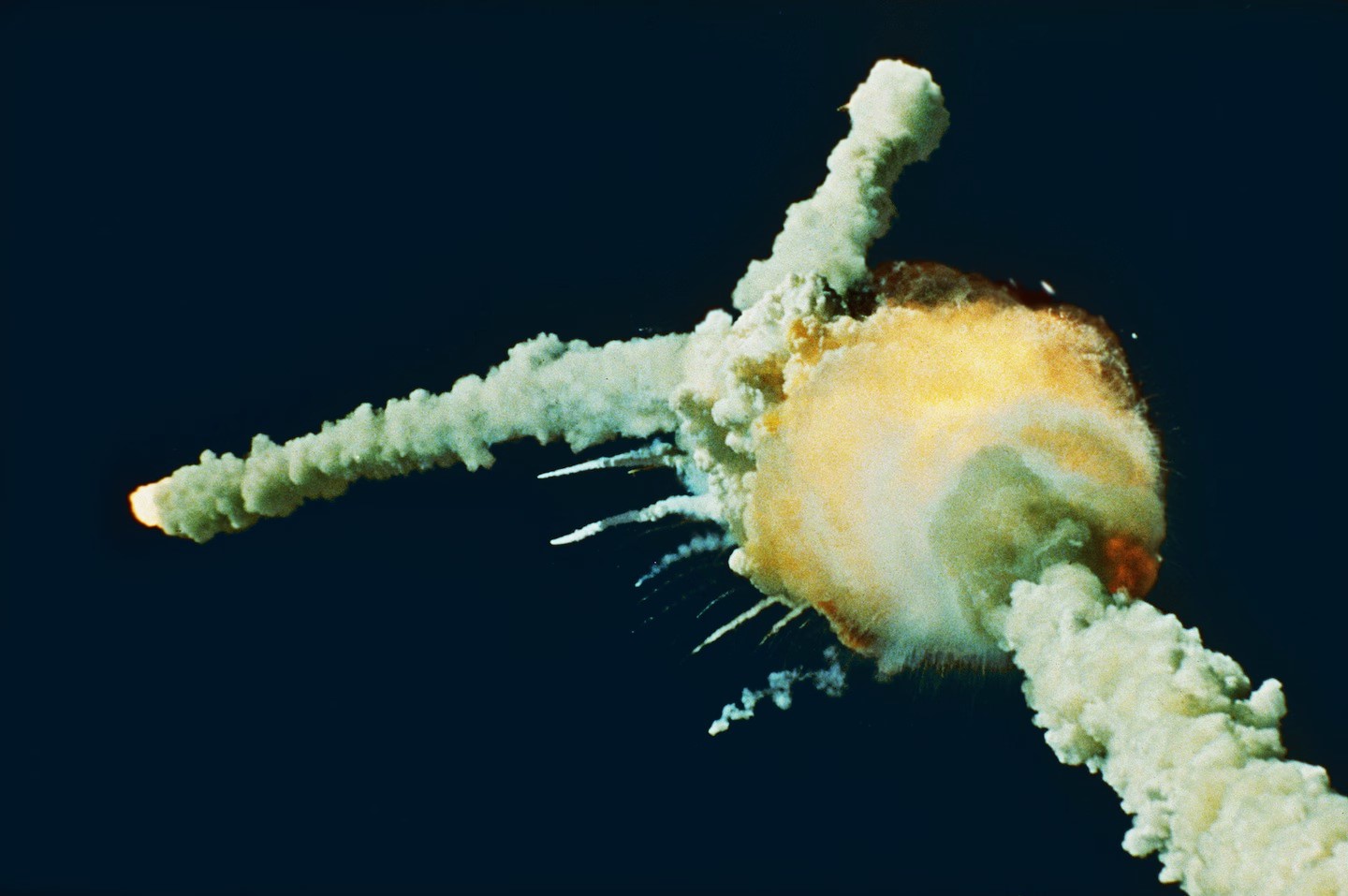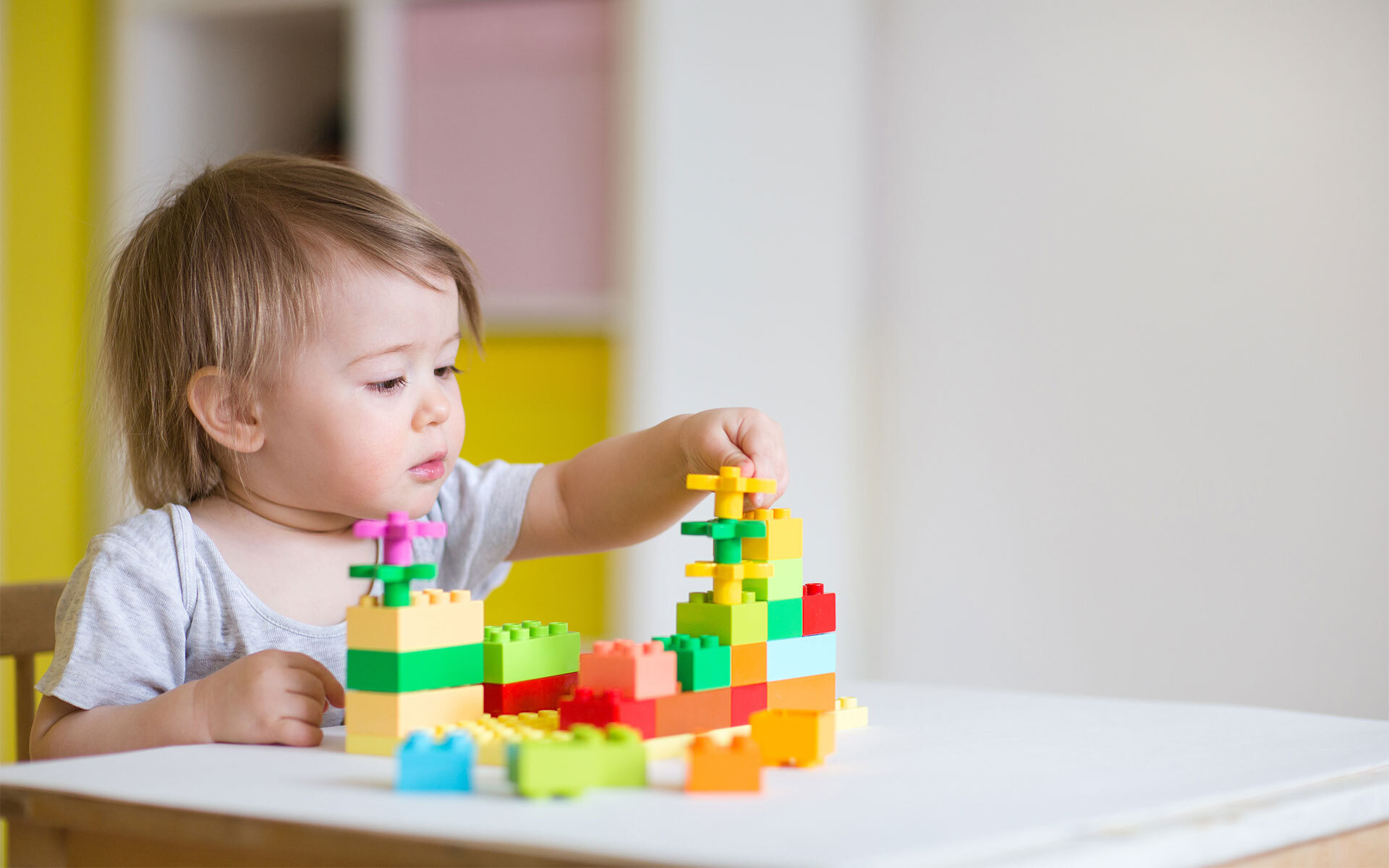
What caused the Space Shuttle Challenger disaster? The Space Shuttle Challenger disaster was caused by the failure of an O-ring seal in its right solid rocket booster. This failure allowed hot gas to escape, leading to the structural disintegration of the external fuel tank. The tragic event occurred on January 28, 1986, just 73 seconds after liftoff, resulting in the loss of all seven crew members. This catastrophe highlighted serious flaws in NASA's decision-making processes and safety protocols. The disaster profoundly impacted space exploration, leading to significant changes in shuttle design and operational procedures to prevent future tragedies.
Key Takeaways:
- The Challenger Space Shuttle, despite its tragic end, inspired advancements in space exploration, safety protocols, and educational initiatives, leaving a lasting legacy for future generations of astronauts and scientists.
- The disaster highlighted the importance of rigorous testing, open communication, and consideration of environmental factors in engineering designs, shaping the future of space missions and inspiring cultural and educational initiatives.
The Challenger Space Shuttle
The Challenger Space Shuttle was one of NASA's most ambitious projects. It aimed to make space travel more routine and accessible. However, its tragic end left a lasting impact on space exploration.
- Challenger was the second orbiter of NASA's Space Shuttle program to be put into service, following Columbia.
- The shuttle was named after the HMS Challenger, a British corvette that conducted a pioneering global marine research expedition in the 1870s.
- Challenger first launched on April 4, 1983, on mission STS-6.
The Crew of Challenger
The crew of the Challenger was a diverse and skilled group of astronauts. Each member brought unique expertise to the mission.
- The crew consisted of seven astronauts: Francis R. Scobee, Michael J. Smith, Ronald McNair, Ellison Onizuka, Judith Resnik, Gregory Jarvis, and Christa McAuliffe.
- Christa McAuliffe was a school teacher from New Hampshire, selected to be the first civilian teacher in space.
- Ronald McNair was the second African American to fly in space.
The Tragic Day: January 28, 1986
The day of the disaster is etched in history. The launch was highly anticipated but ended in tragedy.
- The Challenger lifted off from Kennedy Space Center in Florida at 11:38 AM EST.
- Just 73 seconds into the flight, the shuttle disintegrated, leading to the deaths of all seven crew members.
- The disaster was broadcast live on television, making it one of the most-watched events in history.
The Cause of the Disaster
Investigations revealed the technical reasons behind the catastrophe. Understanding these causes was crucial for future missions.
- The primary cause was the failure of an O-ring seal in its right solid rocket booster.
- Cold weather on the morning of the launch caused the O-ring to become brittle, leading to its failure.
- The escaping gas from the failed O-ring ignited the external fuel tank, causing the explosion.
The Aftermath and Investigation
The aftermath of the Challenger disaster led to significant changes in NASA's operations and policies.
- President Ronald Reagan appointed a commission to investigate the disaster, known as the Rogers Commission.
- The commission included notable members like physicist Richard Feynman and astronaut Neil Armstrong.
- The investigation revealed that NASA had ignored warnings from engineers about the O-ring's vulnerability in cold temperatures.
Impact on Space Exploration
The Challenger disaster had a profound impact on space exploration and NASA's future missions.
- NASA suspended all shuttle flights for nearly three years following the disaster.
- The disaster led to the redesign of the solid rocket boosters to prevent a similar failure.
- NASA implemented stricter safety protocols and improved communication channels within the organization.
Legacy of the Challenger Crew
The legacy of the Challenger crew lives on through various educational and memorial initiatives.
- Numerous schools, scholarships, and awards have been named in honor of the Challenger crew members.
- The Christa McAuliffe Center for Integrated Science Learning was established to inspire future generations of students and educators.
- The Challenger Center for Space Science Education was founded by the families of the crew to continue their educational mission.
Public Reaction and Media Coverage
The public reaction to the Challenger disaster was one of shock and mourning. Media coverage played a significant role in shaping public perception.
- The disaster was covered extensively by news outlets worldwide, bringing the tragedy into homes across the globe.
- President Reagan addressed the nation on the evening of the disaster, offering condolences and words of hope.
- The phrase "slipped the surly bonds of earth to touch the face of God" from Reagan's speech became iconic.
Technological and Engineering Lessons
The Challenger disaster provided valuable lessons in engineering and technology that continue to influence space missions today.
- The importance of considering environmental factors, such as temperature, in engineering designs was highlighted.
- The disaster emphasized the need for rigorous testing and validation of all components used in space missions.
- It also underscored the necessity of open communication and the willingness to address potential risks within organizations.
Cultural and Educational Impact
The Challenger disaster had a lasting cultural and educational impact, inspiring future generations to pursue careers in science and space exploration.
- The event inspired numerous documentaries, books, and films that recount the story of the Challenger and its crew.
- Educational programs and initiatives were developed to honor the crew's commitment to education and exploration.
- The disaster served as a reminder of the inherent risks of space travel and the bravery of those who undertake it.
Memorials and Tributes
Various memorials and tributes have been established to honor the Challenger crew and their contributions to space exploration.
- The Space Mirror Memorial at Kennedy Space Center honors the Challenger crew along with other fallen astronauts.
- The Challenger Memorial in Arlington National Cemetery serves as a place of reflection and remembrance.
- Annual ceremonies and events are held to commemorate the anniversary of the disaster and celebrate the lives of the crew members.
Continuing the Mission
Despite the tragedy, the mission of space exploration continues, driven by the legacy of the Challenger crew.
- NASA's subsequent missions have built upon the lessons learned from the Challenger disaster, leading to advancements in technology and safety.
- The spirit of exploration and discovery that motivated the Challenger crew continues to inspire new generations of astronauts and scientists.
Lessons from the Challenger Disaster
The Space Shuttle Challenger disaster remains a stark reminder of the risks involved in space exploration. On January 28, 1986, the shuttle broke apart just 73 seconds after liftoff, leading to the tragic loss of seven astronauts. This catastrophe highlighted the importance of rigorous safety protocols and the need for constant vigilance in aerospace engineering. The investigation revealed that a faulty O-ring in the right solid rocket booster caused the explosion. This failure underscored the critical role of even the smallest components in complex systems.
The Challenger disaster also brought about significant changes in NASA's culture and procedures, emphasizing the importance of communication and thorough testing. While the event was a devastating blow, it led to improvements that have made space travel safer. Remembering Challenger's lessons ensures that the sacrifices made by those brave astronauts continue to contribute to the advancement of space exploration.
Frequently Asked Questions
Was this page helpful?
Our commitment to delivering trustworthy and engaging content is at the heart of what we do. Each fact on our site is contributed by real users like you, bringing a wealth of diverse insights and information. To ensure the highest standards of accuracy and reliability, our dedicated editors meticulously review each submission. This process guarantees that the facts we share are not only fascinating but also credible. Trust in our commitment to quality and authenticity as you explore and learn with us.


